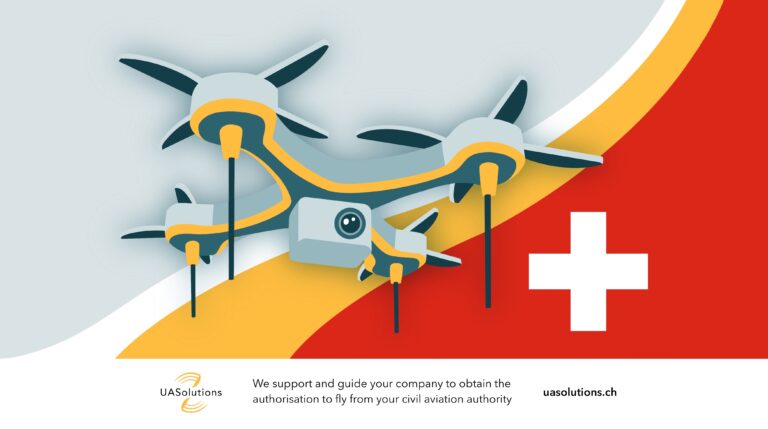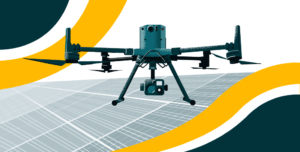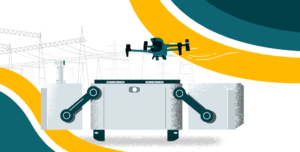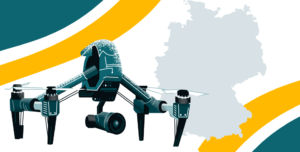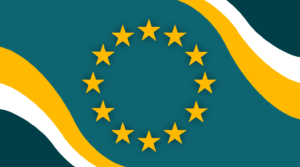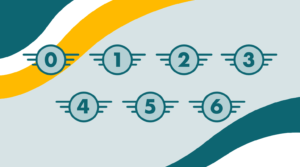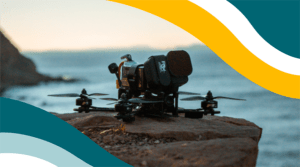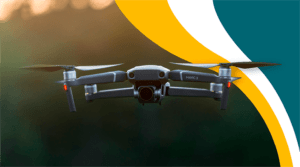On Friday, 25th of November 2022, the Federal Office of Civil Aviation Switzerland announced that the Reg. (EU) 2019/947 & 2019/945 would enter into force on the 1st of January 2023. Many operators and pilots believed that this EU Drone Regulation would bring an important layer of complexity to the Swiss industry.
The EU Drone Regulation introduces significant changes for the Swiss drone market, affecting manufacturers, operators, and pilots. It brings opportunities for market access but also challenges in terms of compliance and operational complexity.
EU Drone Regulation and Swiss Drone Practices
The current Swiss-established procedures to deal with complex missions are based on Swiss-only recognized best practices, which do not have any European or international recognition.
But in practice, what will the introduction of the EASA – European Union Aviation Safety Agency regulation change? Will the revision of the DETEC Ordinance on Special Category Aircraft change the Swiss market for drones in the EU and requirements for pilots, operators, and manufacturers?
This EU Drone Regulation for the Swiss market will impact aspects like certification, safety standards, and operational requirements, which will require adaptation and compliance by industry stakeholders.
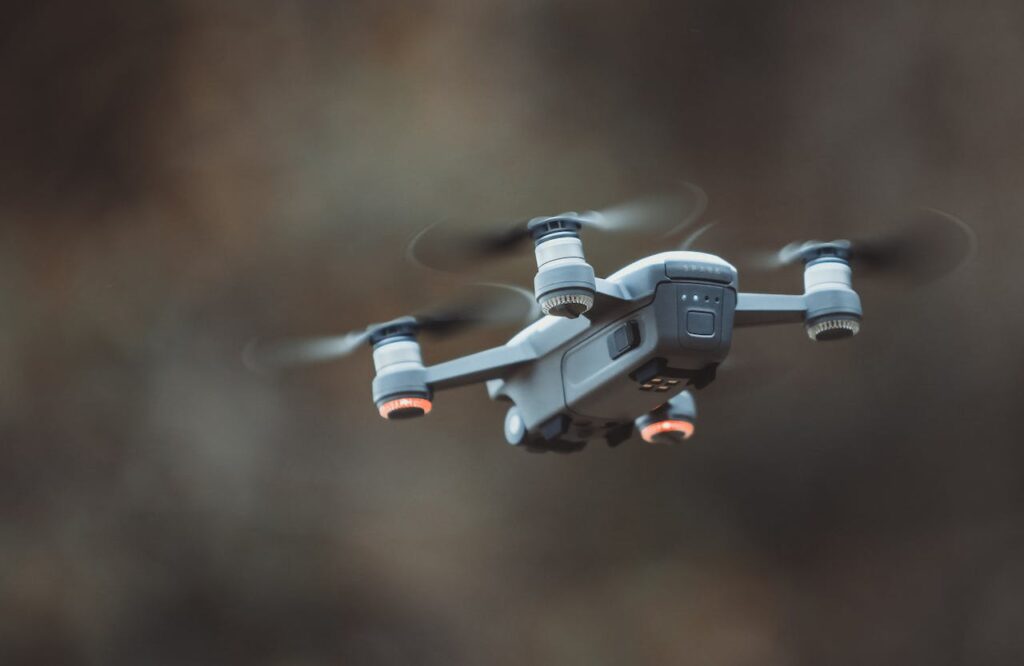
What Does New EU Drone Regulation Means for Drone Manufacturers?
For drone manufacturers, the EU regulation brings paramount advantages. In the newly established open, specific, and certified category, the manufacturers have to put their products in conformity with class markings. The Specific Operations Risk Assessment (SORA) technical requirements have to be complied with in the specific category, and the requirements of an appropriate Certification Specification in the certified category. These processes can take some time and require some resources as well.
With the EU Regulation, such an investment from a Swiss company is going to be rewarded by a Certificate of Conformity, an EASA Design Verification Report, or a Type Certificate, which grants the manufacturers access to the entire EU market.
“Manufacturers and operators like RigiTech, but also individual pilots, will be able to produce technology and services for a much bigger market with virtually the same conditions and regulatory frame while increasing the level of safety,” said Alejandro del Estal Herrero, RigiTech’s Head of Operations.
EU Drone Regulation for Drone Operators
For drone operators, the EU Regulation requires an important investment to continue their operations. A lot of operations such as photogrammetry, photography, or inspection will fall within the scope of the specific category.
This specific category is linked to low and medium-risk operations with some processes, maintenance, a structured organization, and well-defined roles and responsibilities. For more complex missions, even a Safety Management System or some authority audits could be required.
Dominique D. Peter, the President of the Swiss Federation of Civil Drones, says: “The application of the EU Rules puts higher barriers to entry on the Swiss drone market. Regulation was actually easing the business with drones in Switzerland up to this date.”
It Could Be Non Cost-Effective for Smaller Operators
For some smaller operators, it may not be cost-effective to continue those missions under the new regulatory regime. This could lead to some companies with special expertise in handling compliance costs dominating the market. The drone operators will see an EU recognition of their compliance efforts with a Swiss authorisation, easing the process of authorisation in other EU countries using Article 13 of Reg. (EU) 2019/947 on cross-border operations.
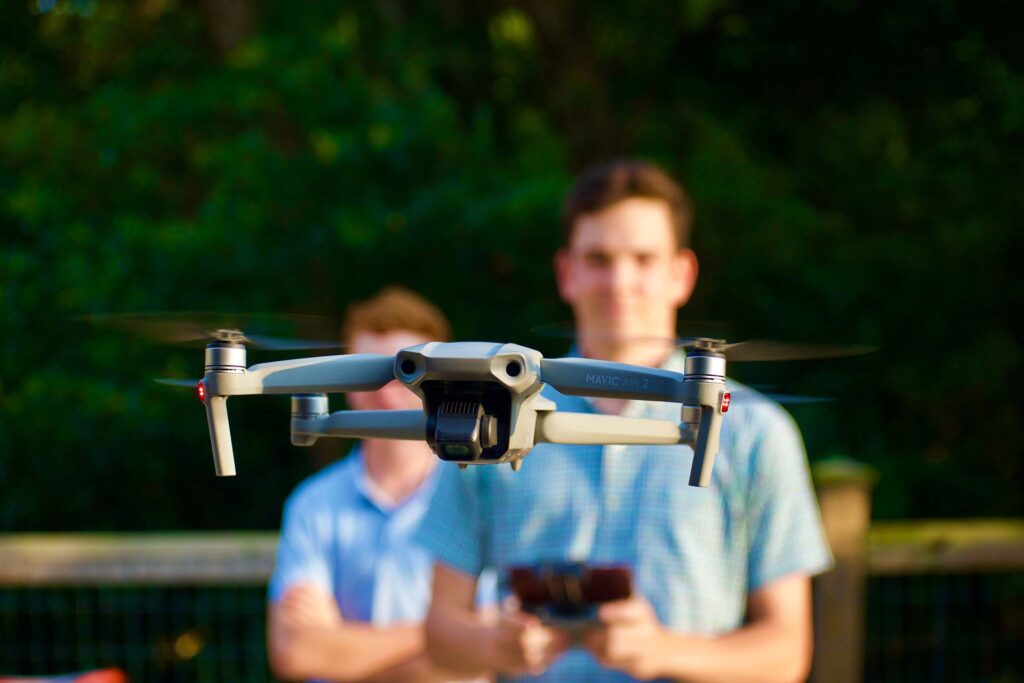
New EU Drone Regulation Means More Training for Drone Pilots
For drone pilots, the situation will get more regulated. The pilots in the open category will have to perform the A1/A3 training and/or the A2, and the specific category will see a whole range of specific training depending on the use case that will have to be compliant with the Acceptable Means of Compliance of EASA. The training for drones will get increasingly specialized and will also have European recognition.
Timeline for the Swiss Drone Market
This change, of course, didn’t occur at once. The introduction was planned for the 1st of January 2023, but operators had until the 31st of August 2023 to obtain operational authorization after (EU) Reg. Article 11 if this is required. After this date, operators will have to fly in the open, the specific and certified category.

This means that the EU Regulation is applied from September and that it reduces the possibility for operators to fly in the open category without class marking. After the 1st of January 2024, it will be possible only in the A3 category for drones heavier than 250g.
Changes in Authorization for Swiss Drone Scenarios
The Swiss FOCA standard scenarios (Swarms, BVLOS, Spraying) are concerned since those scenarios can’t be authorized anymore after that date. The operators will have to either use a European standard scenario, a predefined risk assessment, or write a SORA for their authorisation. The existing authorization under a Swiss standard scenario can remain valid till the 31st of December 2025.
Explore All the Advantages of the New EU Regulation
One of the main advantages of the EU Regulation is the European recognition, which will allow Swiss manufacturers, operators, and pilots to more easily access the EU market. The harmonized European norms may also bring recognition in other non-EASA countries using a risk-based approach, such as the United Kingdom, Canada, or Australia. Here are other advantages you need to be aware of:
A further advantage that is also hidden behind the regulation is the smoothing of the regulatory difference between the Visual Line of Sight (VLOS) and Beyond Visual Line of Sight (BVLOS) use cases.
So far, the regulatory framework has made a rather strong differentiation between both operational regimes while the new law classifies all use cases over people in the specific category. This will further ease the possibility for companies doing visual line-of-sight operations to actually go beyond visual line-of-sight flights if needed since the risk assessment and compliance evidence for those two operational scenarios will have some level of similarities.
With the introduction of the EU law, new requirements and solutions will appear. For instance, remote identification will be required for remote identification manufacturers to have a market in Switzerland as well. Furthermore, the U-Space law also enables a market for U-Space service providers in Switzerland. The U-Space Regulation will further ease the access to airspace for drone operators that intend to have scalable operations.
Swiss companies will also be able to become notified bodies in the context of the drone class marking, qualified entities for the evaluation of operational authorization documents, and will have the possibility to obtain a Light UAS Operator Certificate with increased authorization privileges. It is safe to assume that the EU regulation will create a lot of new business opportunities in Switzerland.
Last but not least, with the introduction of the mandatory registration of operators and remote identification, the general public will see a much better organized drone sector, which is going to increase social acceptance and answer data protection concerns for drones. Safety and professionalism will improve the public perception of pilots and operators.
There Are Some Disadvantages of the New EU Regulation
The main disadvantage of the EU Regulation is the increase in requirements over populated areas for drones lighter than 30 kg in VLOS. This is indeed a major disadvantage of the new regulation. Operations of drones up to 30 kg over populated areas fall in the specific category of medium or even high risk, which makes those operations more complex and expensive.
Another disadvantage worth mentioning is that the regulation (EU) 2019/947 still does not have all the guidance material and acceptable means of compliance needed. Without these, the operations do not always have legal certainty and are not always possible.
This is why it is of paramount importance for the Swiss industry to look back at the 2022 drone regulation and upgrade its learnings of the past years in the upcoming consultations for EASA Acceptable Means of Compliance and Guidance Material. Those learnings are a chance to build a strong and proportionate future regulation on this topic.

Embrace the Changes and Have All the Regulations in Order
With the new regulation, compliance will become an important topic for companies in the drone sector. That’s why you should let UASolutions be your partner who will ensure the seamless transition into this exciting chapter of the drone industry. Contact us and have all the regulations in order before launching a new drone business in Switzerland.
